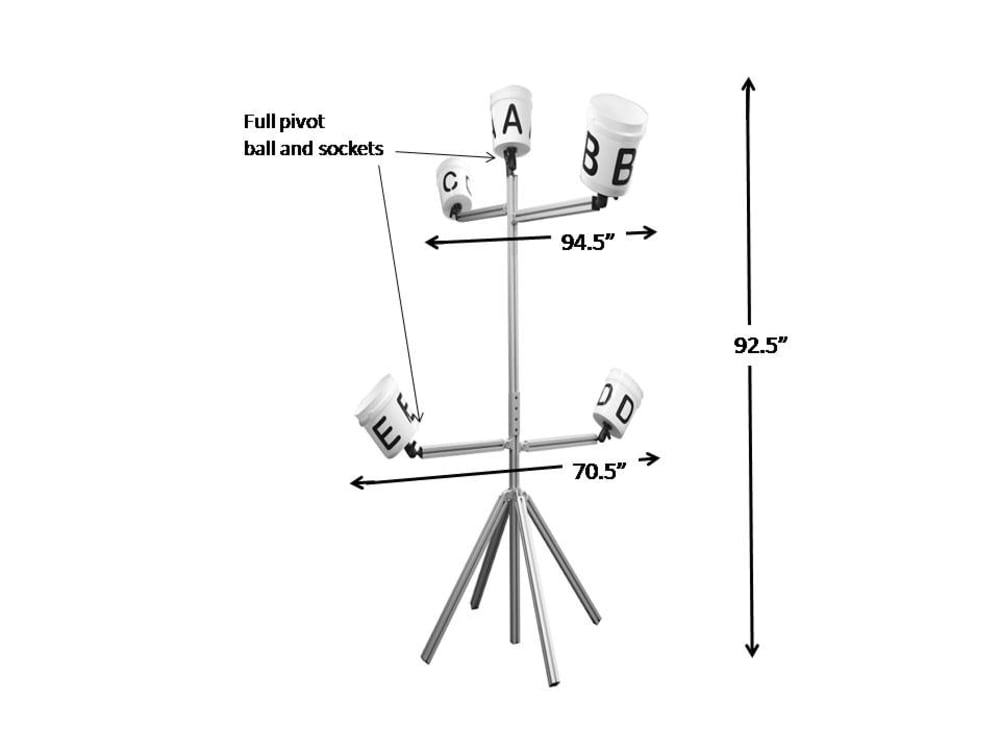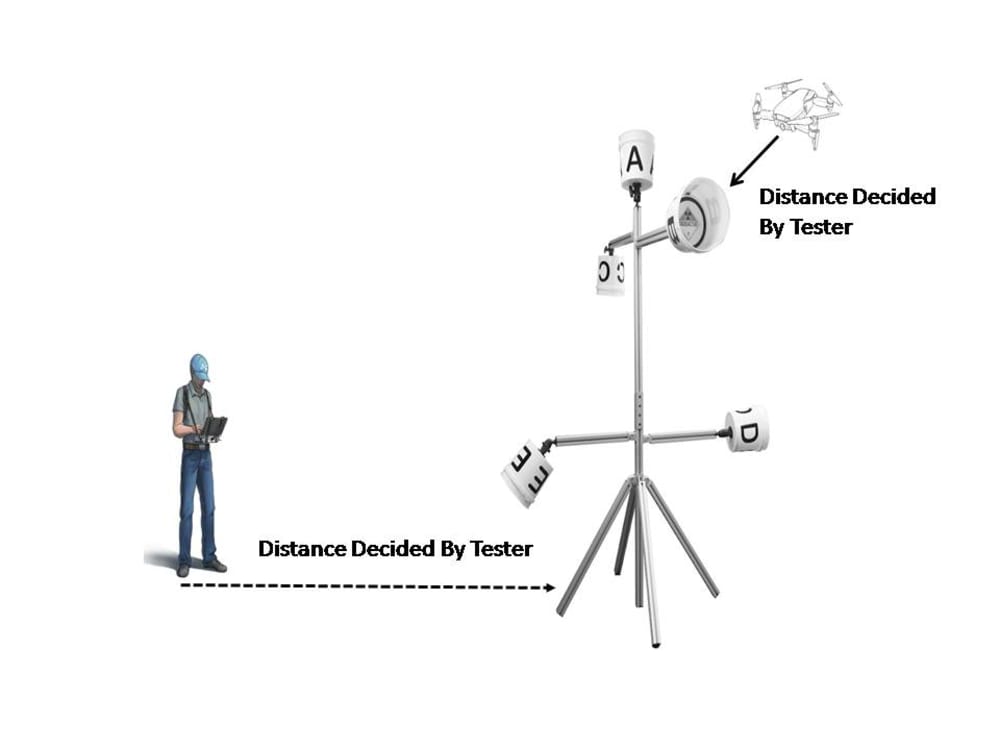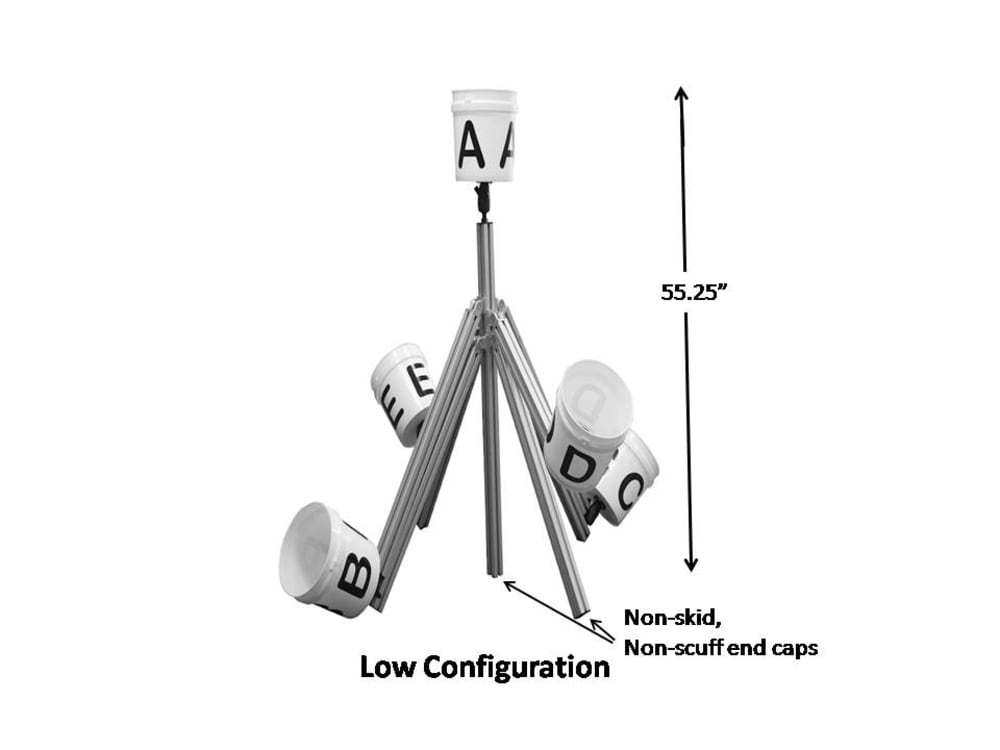ABSTRACT
The use and employment of small unmanned aerial systems (sUAS) in public safety and commercial applications has grown exponentially since their introduction into the consumer market. As of February 2020 there were over 436,633 registered commercial, public/government and other drones and 167,841 remote pilots certified.The advantage of using drones in these applications is their ability to carry a payload that usually consists of a high resolution video/still camera, FLIR, multi-spectral sensors or other data collecting sensors. The efficiency, effectiveness, and usefulness of these sensors and the resulting data is directly correlated to the pilot’s ability to precisely position the sensor within the spatial environment in relation to the mission target of interest. The responsibility of safely flying the sUAS into the precise location falls to the remote pilot and his or her ability to control the sUAS using good hand/eye coordination and fine motor/muscle skills. The skills and abilities of remote pilots are perishable and should be learned and practiced regularly in a manner that reinforces basic and precise airframe control.
The sUAS Pilot Training and Sensor Acuity Stand was designed and built to provide any pilot of all skill and experience levels with an infinite number of target angle combinations, positions and challenges as well as to test and validate the acuity of sUAS mounted visible light cameras and sensors. The design of the stand allows for the four target arms to articulate 180 degrees vertically as well as mount anywhere on the upright post and each target gimbal on the ends of the arms to articulate to an almost infinite number of angles. The test/acuity targets are recessed into the target holders so that the pilot must precisely align the camera or sensor in order to capture the properly aligned target and photograph it for post flight verification of success. Target holders are labeled with easily read letters to identify targets with target holder locations. The combinations and permutations of these variable angles insure that the pilot could never test on the same configuration twice. Target arm and target gimbal positions can be documented and repeated for later training and testing sessions with the same configurations for standardization to track pilot skills improvement or to test pilots at different locations and times
The pilot tests are easily evaluated by timing the pilot being trained and tested through the prescribed test and recording the data for comparison to later tests or for quantitative documentation of program and pilot training efforts to validate the sUAS program in the event of an FAA audit.
The stand can be quickly and easily set up outdoors or indoors and is disassembled quickly and stored in a rugged case for transport, storage or shipment. The stand is constructed of extremely strong and durable extruded aluminum rails with high strength pivots and target gimbals and with reasonable care it should last for the lifetime of the sUAS program.
Like this entry?
-
About the Entrant
- Name:Riley Land
- Type of entry:individual
- Software used for this entry:Excel
- Patent status:none








